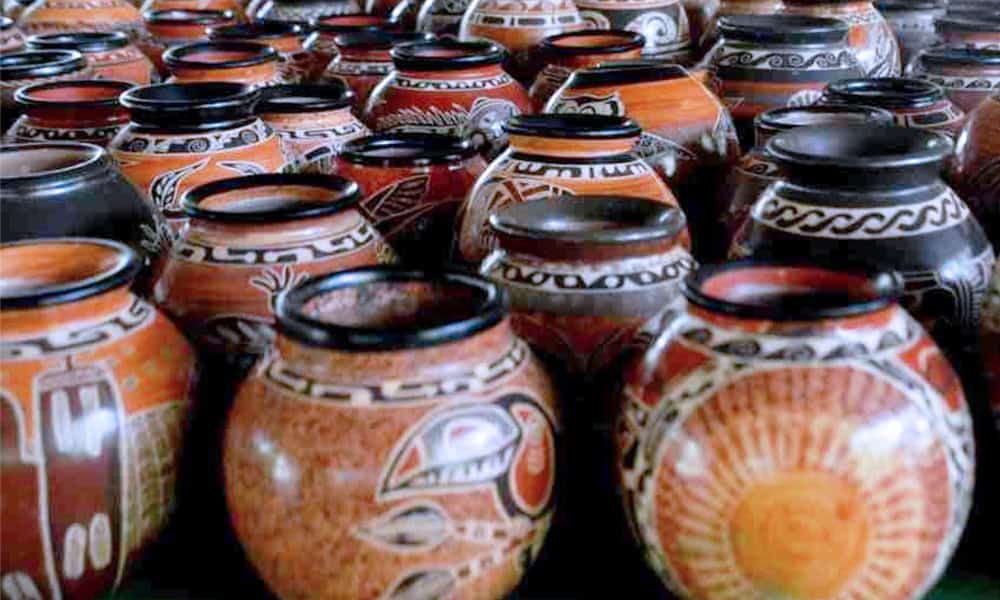Many know the Guanacaste province as a paradisiacal place, ideal for a vacation. Although it is one of Costa Rica’s most beautiful areas, with pristine beaches and abundant wildlife, Guanacaste has much more to offer. Its cultural richness is significant and deserves admiration.
As Costa Ricans celebrate the traditional Annexation of the Nicoya Party (Anexión del Partido de Nicoya), it’s worth highlighting a wonderful tradition: Chorotega ceramics.
Many locals grew up surrounded by curiol—pigments—and clay from their land. Mothers and grandmothers passed on the tradition of creating Chorotega ceramic pieces to their children.
Maribel Sánchez, a San Vicente de Nicoya native, remembers spending her childhood learning this unique craft, which she now shares with her community.
“I really liked making small pieces. I was always by my mom’s side, and even though I was just observing, she was teaching me and explaining step by step. When I was 10 years old, I started making my own pieces. Nowadays, I make everything, including pre-Columbian replicas, jars, pots, comales, and all the traditional things I learned from my mother,” she recalled.
The natural pigments used, known as curiol, are usually red, white, and black, and are obtained from a hill with the same name. “Extracting the curiol is quite a ritual. You must climb the mountain for several hours, which is dangerous because of the presence of snakes. In addition, it is essential to be silent during the extraction so as not to scare away the pigments; if the moon is favorable, the red stones sprout,” added Sánchez.
The making of Chorotega pottery, in addition to representing a cultural heritage of the native peoples, is a source of income for families, a tourist attraction for the region, and a meeting point for community members.
“My mom worked the pottery, and my dad had oxen and carts; he pulled the mud, firewood, and sand for my mom and other women who made pottery in my community. In addition, my mother’s brothers would sometimes go to the Curiol hill to extract the pigments,” Sánchez said.
The Ecomuseum of Chorotega Ceramics of San Vicente de Nicoya, a community project to rescue and preserve the art and culture of the Chorotega ancestors, opened its doors in 2007. It currently has 57 artisan members and is open to all artisans who wish to bring products for exhibition and sale.

